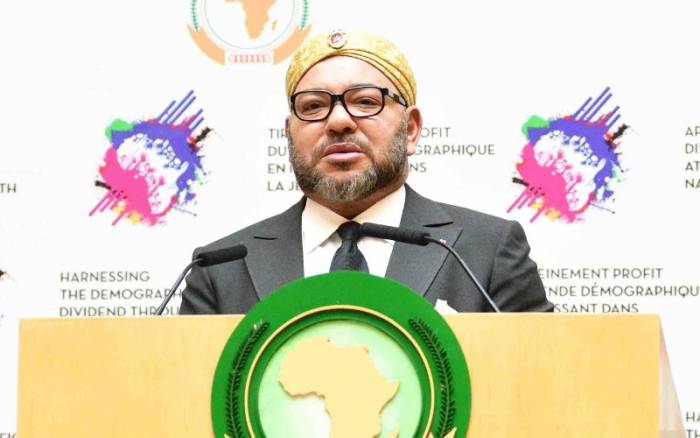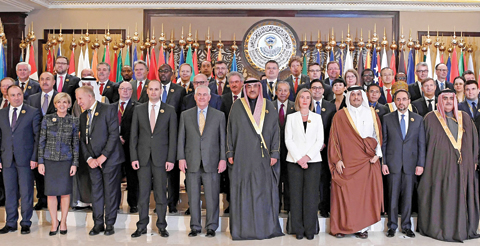Africa’s success with climate adaptation demonstrates that resilience investments yield substantial economic benefits while protecting vulnerable communities.
With 17 of the world’s 20 most climate-vulnerable countries located in Africa, the continent has become a pioneering force in climate adaptation strategies. The Africa Adaptation Acceleration Program (AAAP) has channeled over $15 billion into strengthening essential systems against climate shocks, securing livelihoods for nearly 60 million people across 40 countries and creating almost one million jobs.
“Adaptation is not simply a means of minimizing damage inflicted by extreme weather,” write Kenyan President William Ruto and Patrick Verkooijen, CEO of the Global Center on Adaptation. “Done properly, it can transform economies, as well as strengthen them against natural disasters.”
Kenya, the first African nation to adopt a National Adaptation Plan, exemplifies this approach. Despite its vulnerability due to dependence on rain-fed agriculture, the country has transformed climate challenges into opportunities for green growth. Local entrepreneurs have developed solar-powered irrigation systems, while public-private partnerships invest in water infrastructure and renewable energy. Kenya now derives nearly half its energy needs from geothermal power.
These initiatives demonstrate adaptation’s dual role as both protective shield and catalyst for sustainable development. From robust seawalls protecting ports to weather analytics saving millions of lives, adaptation measures typically deliver a “resilience dividend” that compounds economic and social benefits.
However, funding remains inadequate. The Global Center on Adaptation estimates Africa’s climate adaptation needs at over $50 billion annually, yet actual funding represents only a fraction of this amount, primarily from multilateral development banks with minimal private sector involvement.
This funding gap overlooks substantial market opportunities, estimated at up to $2 trillion annually for climate adaptation solutions including parametric insurance, weather analytics, and water-efficient infrastructure.
“Investing in adaptation makes good business sense,” Ruto and Verkooijen conclude. “Climate denialism should not blind investors and governments to the very real opportunities on their doorstep.”



